Black holes, detected by their gravitational wave signal as they collide with other black holes, could be the product of much earlier parent collisions.
Such an event has only been hinted at so far, but scientists at the University of Birmingham in the UK, and Northwestern University in the US, believe we are getting close to tracking down the first of these so-called ‘hierarchical’ black holes.
In a review paper, published in Nature Astronomy, Dr. Davide Gerosa, of the University of Birmingham, and Dr. Maya Fishbach of Northwestern University, suggest that recent theoretical findings together with astrophysical modeling and recorded gravitational wave data will enable scientists to accurately interpret gravitational wave signals from these events.
Since the first gravitational wave was detected by the LIGO and Virgo detectors in September 2015, scientists have produced increasingly nuanced and sophisticated interpretations of these signals.
There is now fervent activity to prove the existence of so-called ‘hierarchical mergers’ although the detection of GW190521 in 2019 – the most massive black hole merger yet detected – is thought to be the most promising candidate so far.
“We believe that most of the gravitational waves so far detected are the result of first-generation black holes colliding,” says Dr. Gerosa. “But we think there’s a good chance that others will contain the remnants of previous mergers. These events will have distinctive gravitational wave signatures suggesting higher masses, and an unusual spin caused by the parent collision.”
Understanding the characteristics of the environment in which such objects might be produced will also help narrow the search. This must be an environment with a large number of black holes, and one that is sufficiently dense to retain the black holes after they have merged, so they can go on and merge again.
These could be, for example, nuclear star clusters, or accretion disks – containing a flow of gas, plasma, and other particles – surrounding the compact regions at the center of galaxies.
“The LIGO and Virgo collaboration has already discovered more than 50 gravitational wave events,” says Dr. Fishbach. “This will expand to thousands over the next few years, giving us so many more opportunities to discover and confirm unusual objects like hierarchical black holes in the universe.”
Reference: “Hierarchical mergers of stellar-mass black holes and their gravitational-wave signatures” by Davide Gerosa and Maya Fishbach, 26 July 2021, Nature Astronomy.
DOI: 10.1038/s41550-021-01398-w

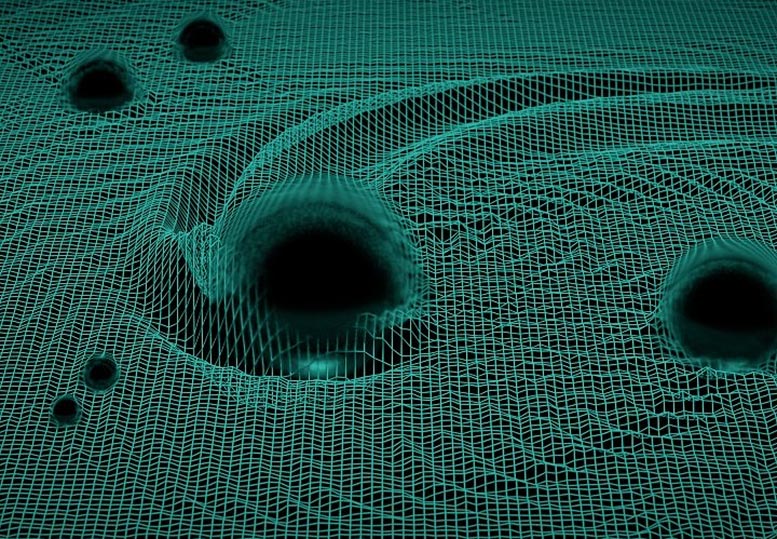
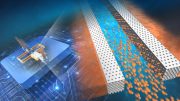


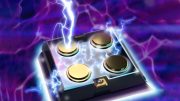
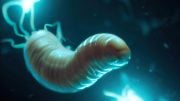
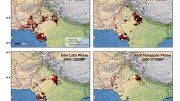


Be the first to comment on "Astrophysicists on the Hunt for “Hierarchical” Black Holes"